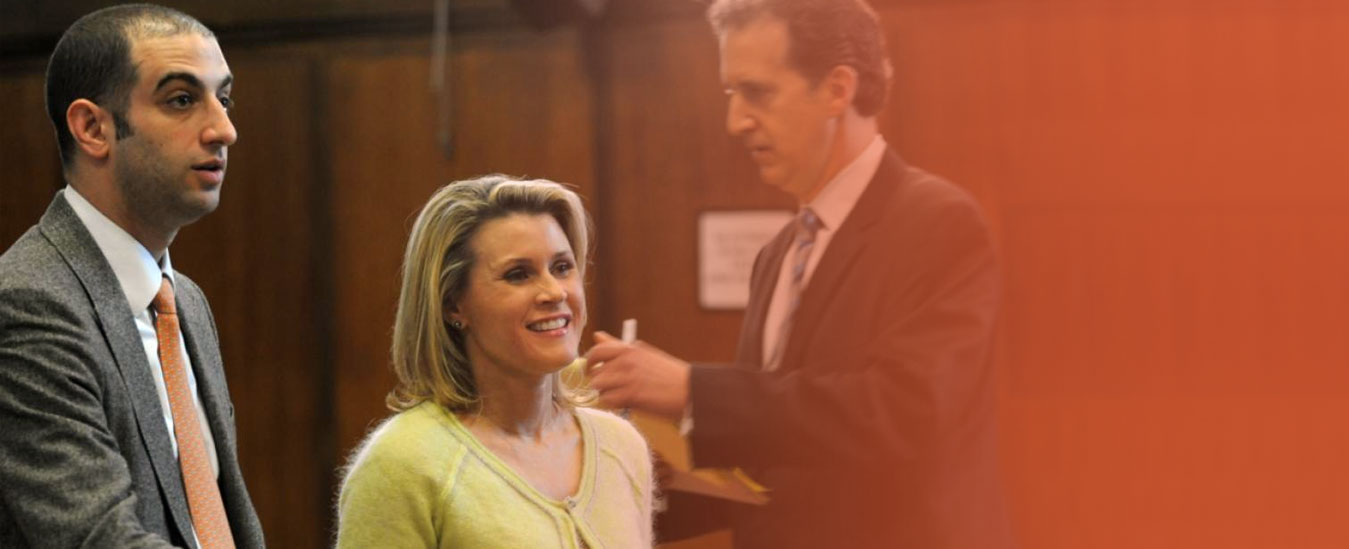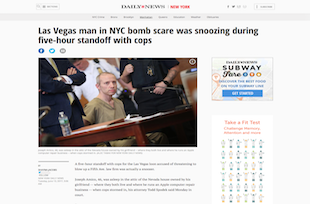southern border drug trafficking
Southern Border Drug Trafficking
Thanks for visiting Spodek Law Group, a second-generation criminal defense firm managed by Todd Spodek, with over 40 years of combined experience defending federal drug cases throughout the United States. If you’re researching southern border drug trafficking, you’re probably facing federal charges for attempting to bring drugs across the U.S.-Mexico border, or you need to understand how these prosecutions work. Border trafficking cases are prosecuted exclusively in federal court under 21 U.S.C. § 960, which criminalizes importation of controlled substances and carries the same mandatory minimum sentences as domestic trafficking – 5 years, 10 years, or 20 years to life depending on drug type and quantity. What makes border cases particularly difficult is that federal prosecutors have enormous resources, defendants are often caught red-handed during vehicle inspections, and the fact that drugs crossed an international border demonstrates intent in ways that domestic possession cases dont. If you’re facing border trafficking charges, you need lawyers who understand how CBP conducts searches, what defenses challenge vehicle inspections, and how to negotiate in cases where evidence seems overwhelming.
Most Drugs Come Through Ports of Entry
Over 90% of interdicted fentanyl is stopped at official ports of entry (POEs), where vehicles cross through inspection lanes at places like San Ysidro, El Paso, Laredo, and Nogales. Specifically, 78% of fentanyl passes through southwest ports of entry, with another 16% seized elsewhere along the border. These arent migrants carrying backpacks through the desert – these are vehicles driven through official crossings, with drugs concealed in hidden compartments, spare tires, door panels, gas tanks, or cargo areas. On an average day in March 2025, over 204,000 personal vehicles carrying more than 361,000 passengers crossed the U.S.-Mexico border. CBP officers have seconds to decide which vehicles to pull for secondary inspection. They use canine units, X-ray technology, and behavioral analysis to identify suspicious vehicles, but they cant inspect every car thoroughly. Most drugs get through. The ones that dont create federal prosecutions.
Between January and August 2025, authorities seized approximately 6,873 pounds of fentanyl at U.S. borders – down 52% from the same period in 2024. That decline suggests either enforcement is working, or cartels are adapting their methods to avoid detection. Either way, if you were caught during this period, you’re among a relatively small number of people who got stopped, which means prosecutors have strong evidence and will pursue convictions aggressively. CBP conducted Operation Hourglass from January 15 to March 1, 2025, seizing over 1,484 pounds of fentanyl. Operation Bodega Rip launched in April 2025 targeted synthetic drugs. These operations involve enhanced inspections, additional canine units, and coordination between CBP, DEA, and HSI – which means defendants caught during surge operations face well-documented cases built by multiple agencies.
U.S. Citizens Are the Primary Smugglers
Nearly all fentanyl seized at the border is smuggled by people legally authorized to cross, and more than half by U.S. citizens. Immigration authorities report that virtually none is seized from migrants seeking asylum. This makes sense from the cartels’ perspective – U.S. citizens can cross back and forth freely without raising suspicion, they’re less likely to be stopped for secondary inspection than foreign nationals, and if they get caught they face federal drug charges rather than deportation plus drug charges. Cartels recruit U.S. citizens living in border communities, offering $1,000 to $5,000 per trip to drive a vehicle with hidden drugs. Many defendants are desperate for money, unemployed, or coerced through threats against family members. Federal prosecutors dont care about your motivation – they charge you with importation regardless of whether you were paid, threatened, or tricked into transporting drugs.
In July 2025, two CBP officers pled guilty to conspiring with Mexican drug trafficking organizations to allow drug-laden vehicles to enter the United States. Jesse Clark Garcia pled guilty to nine counts including conspiracy to import controlled substances and importation of cocaine, methamphetamine, and fentanyl. These prosecutions demonstrate that federal authorities prosecute everyone involved in border smuggling – not just the drivers, but also corrupt officials who facilitate trafficking. If you’re facing charges, prosecutors will investigate whether you knew any CBP officers, whether you crossed through specific lanes repeatedly, and whether you had connections to trafficking organizations beyond your specific trip.
Federal Charges for Border Trafficking
Importation charges under 21 U.S.C. § 960 carry mandatory minimums identical to domestic distribution – 5 years for quantities like 500 grams of cocaine or 5 grams of methamphetamine mixture, 10 years for 5 kilograms of cocaine or 50 grams of methamphetamine mixture, 20 years to life when death results from fentanyl trafficking. These are federal mandatory minimums that judges cant go below unless prosecutors file substantial assistance motions or safety valve provisions apply. Conspiracy charges under 21 U.S.C. § 846 allow prosecutors to charge you even if this was your first trip – if you agreed to transport drugs and took any step toward that goal, you’re guilty of conspiracy. The penalties are the same as substantive importation charges. Prosecutors routinely charge both importation and conspiracy, which means you face multiple counts for a single trip across the border.
When CBP arrests you at the border, you’re turned over to Homeland Security Investigations (HSI), which handles the federal prosecution. You’ll appear before a magistrate judge within 24-48 hours for an initial appearance, where the judge decides whether to release you on bond or detain you pending trial. In border cases, pretrial detention is common because prosecutors argue you’re a flight risk – you have connections to Mexico, you demonstrated willingness to cross the border illegally, and if released you might flee to avoid prosecution. We fight detention by presenting evidence of your ties to the United States, your lack of criminal history, and your willingness to comply with court orders. Bond decisions are critical because defendants who remain detained face enormous pressure to accept plea agreements quickly.
Defenses in Border Trafficking Cases
Border searches receive special treatment under the Fourth Amendment – CBP officers can search vehicles without warrants or probable cause at international borders and their functional equivalents. But limits exist. Extended detentions for vehicle disassembly require reasonable suspicion. Intrusive body cavity searches require reasonable suspicion of smuggling. If CBP officers held you for hours while dismantling your vehicle without articulating specific reasons for suspicion, we challenge the search. If they conducted strip searches or X-rays without reasonable suspicion, we file suppression motions. Successfully suppressing evidence can force prosecutors to dismiss charges or offer favorable plea agreements. We also challenge knowledge in cases where you borrowed a vehicle or didnt know about hidden compartments. If drugs were concealed in professionally built compartments you had no way to access, prosecutors must prove you knew they were there. Sometimes we present duress defenses when cartels threatened you or your family to force you to transport drugs.
Why Spodek Law Group Defends Border Cases
We’ve defended drug trafficking cases at the southern border, including importation charges and conspiracy prosecutions. We challenge border searches that exceeded constitutional limits. We negotiate cooperation agreements for defendants with information about trafficking organizations. We present duress defenses and argue for mitigating role reductions when clients were recruited or coerced. Contact Spodek Law Group for a consultation. We’re available 24/7.














NJ CRIMINAL DEFENSE ATTORNEYS